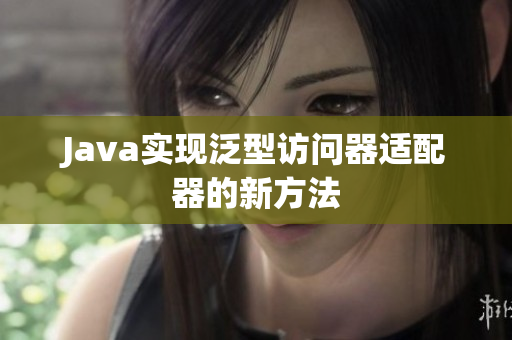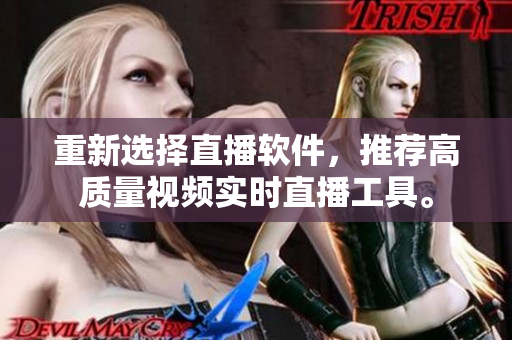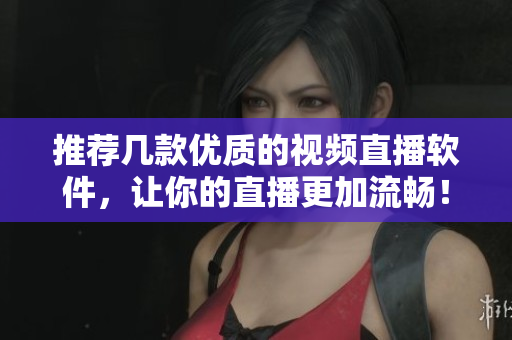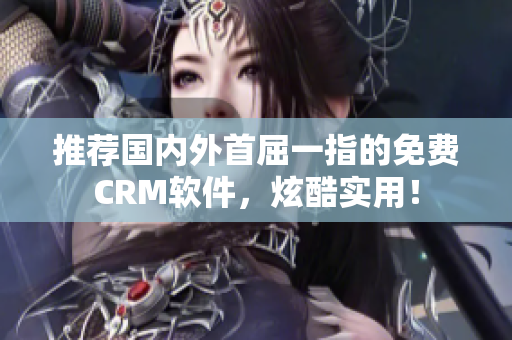Java GenericVisitorAdapter: What You Need to Know
If you're a Java developer, you've probably heard of the Visitor pattern. This pattern allows you to add new operations to existing object structures without modifying those structures. However, implementing the Visitor pattern can be tricky and time-consuming. That's where the Java GenericVisitorAdapter comes in. In this article, we'll explain what the Java GenericVisitorAdapter is, how it works, and why you should consider using it in your projects.
What is the Java GenericVisitorAdapter?
The Java GenericVisitorAdapter is a utility class that provides a simplified implementation of the Visitor pattern. It's part of the Java Design Patterns library, which is a set of reusable software design solutions for Java developers. The GenericVisitorAdapter is a generic class, which means it can be used with any type of object structure.
The GenericVisitorAdapter is designed to simplify the implementation of the Visitor pattern by providing a set of predefined methods for each visited object type. When you extend the GenericVisitorAdapter with your own visitor class, you only need to implement the methods that are relevant to your use case.
How does the Java GenericVisitorAdapter work?
When you use the Java GenericVisitorAdapter, you start by creating your own visitor class that extends the GenericVisitorAdapter. In your visitor class, you implement the methods that correspond to the object types you want to visit.
For example, if you have an object structure that consists of different shapes, you could create a visitor class that looks like this:
public class ShapeVisitor extends GenericVisitorAdapter {public void visit(Circle circle) {
System.out.println("Visiting circle");
}
public void visit(Rectangle rectangle) {
System.out.println("Visiting rectangle");
}
}
In this example, we have a ShapeVisitor that visits circles and rectangles. When we call the accept method on a circle or a rectangle, the corresponding visit method in the ShapeVisitor is called.
Why should you use the Java GenericVisitorAdapter?
The Java GenericVisitorAdapter simplifies the implementation of the Visitor pattern by providing predefined methods for each object type. This can save you a lot of time and effort compared to manually implementing the Visitor pattern from scratch.
The GenericVisitorAdapter is also a generic class, so it can be used with any type of object structure. This makes it a very flexible solution for adding new operations to your object structures without modifying them.
Overall, if you're looking for an easier way to implement the Visitor pattern in your Java projects, the Java GenericVisitorAdapter is definitely worth considering.
Hennessy: How a Female Rapper is Breaking the Mold
When you think of rap music, the image that probably comes to mind is a male artist rapping about money, women, and drugs. However, in recent years, there's been a shift in the rap industry as more female artists have started to make a name for themselves. One of the most notable of these artists is Hennessy, a female rapper who's breaking the mold with her unique style and unapologetic lyrics.
Hennessy, whose real name is Niatia Jessica Kirkland, was born and raised in New York City. She got her start in the rap industry in 2012 when she was discovered by rapper Jadakiss. Since then, she's released several mixtapes and singles, and has gained a reputation as one of the most promising female rappers of her generation.
What sets Hennessy apart from other female rappers is her willingness to tackle controversial topics in her music. She's rapped about everything from politics to police brutality to sexual assault, and she's not afraid to speak her mind. Her lyrics are raw and unfiltered, and they often explore themes of empowerment and self-confidence.
Despite the challenges she's faced as a female rapper in a male-dominated industry, Hennessy has managed to build a loyal fanbase and establish herself as a force to be reckoned with. Her music is proof that female rappers have a place in the rap industry, and that they have important stories to tell.
iPhone: The Ultimate Status Symbol in Western Culture
When it comes to smartphones, one brand stands above the rest: iPhone. For many people in Western culture, owning an iPhone is more than just owning a phone. It's a status symbol, a sign of wealth, and a way to show off to others.
The iPhone's status as a cultural icon can be traced back to its introduction in 2007. At the time, smartphones were still a relatively new concept, and the iPhone was unlike anything else on the market. Its sleek design, intuitive interface, and advanced features instantly made it a coveted item.
Since then, the iPhone has become more than just a phone. It's a fashion accessory, a symbol of wealth and success, and a way to fit in with the crowd. Owning an iPhone is seen as a way to demonstrate that you're up-to-date with the latest trends and that you have the means to afford an expensive device.
However, the iPhone's status as a cultural symbol has its downsides. For one, it fosters a culture of consumerism, where people are encouraged to constantly upgrade their devices in order to keep up with the latest trends. It also reinforces the idea that owning expensive things is a way to gain social status, which can lead to feelings of inadequacy and insecurity for those who can't afford the latest iPhone model.
Despite these drawbacks, the iPhone's status as a cultural icon shows no sign of slowing down. For many people, owning an iPhone is still the ultimate status symbol.









